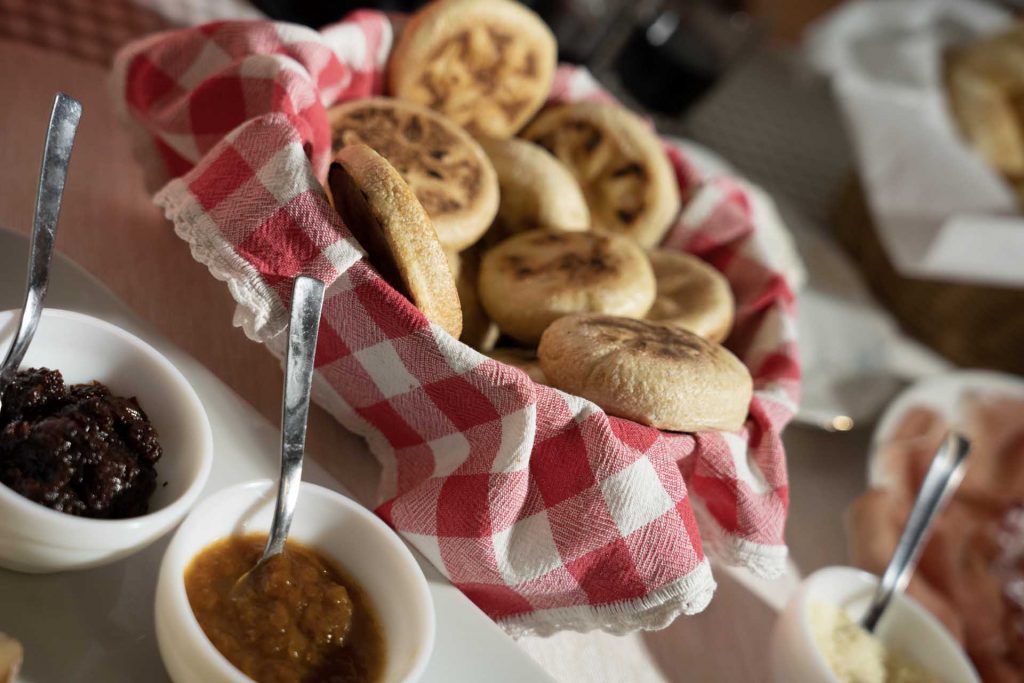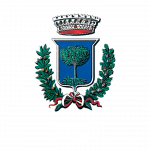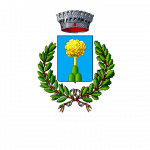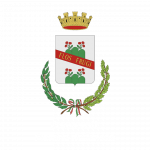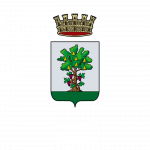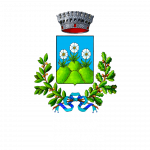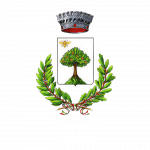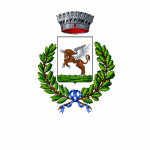The typical bread of the Emilian Apennines
THE ORIGINS OF THE NAME: TIGELLA OR CRESCENTINA?
Tigella or crescentina? The challenge over the most correct term for the name of this typical dish of the Emilian Apennines is linguistic. Let’s start with the first term, tigella, which comes from the Latin tegella, diminutive of tegula, meaning lid (from the verb tegere). Tegula was precisely the name given to the terracotta discs in which the dough was baked and then covered. Today, many claim that the product’s real name is crescentina, because, in fact, tigella is the tool and not the food. The term crescentina seems to derive from the copious growth of the dough as it rises. This word in fact refers to the verb grow and refers to the fact that from the very beginning, this mountain dish was made by preparing a somewhat thick pastry. Circular pieces were then cut and placed between the tigelle and stacks were formed by alternating the dough with the mould. These piles were placed next to the fire and as the dough cooked, it grew thicker.
There are known misunderstandings between the Modenese and Bolognese about the name of this dish, because in Bologna they understand crescentina to be eaten as tigella, and not the mould in which it is prepared. In parallel, the crescentina in Bologna city and surrounding areas coincides with what we call gnocco fritto in the Modena area (read the typical recipe of our rezdore). Finally, not to be confused with crescenta, which is nothing more than the focaccia Bolognese, called by many the gnocco. In short, a vicious circle of names and meanings that wreaks havoc especially across regional borders: while outside Emilia Romagna, the best known term is tigella, in Emilia and especially in the Modena area the term crescentina seems to be more in vogue. It is in fact under this term that the product was registered in the PAT (Prodotto Agroalimentare Tradizionale) list.
CRESCENTINE, BETWEEN HISTORY AND TRADITION
It may be trivial to consider the crescentine as a particular type of bread, originating in the Apennines of Modena; a peasant food, with humble origins, a poor dish, born in the countryside, to be enjoyed after the hard days’ work in the fields. The dough is prepared with simple ingredients, and, as we said, baked over the embers of the fireplace early in the morning to be ready at lunchtime to be eaten as a substitute for bread. But in Modenese popular culture, crescentine represent more than just this: they are the food of convivial moments, because both preparation and consumption involve moments of sharing, which cooks and diners can spend together. They are a collective experience that can bring everyone together. In defiance of any linguistic challenge, we, who in Maranello only use the term ‘crescentine’, are interested above all in cooking them according to tradition, serving them around a table full of friends, chatting and warmth. The time of crescentine is a slow, convivial time, to get together and share the flavours and traditions of our land.
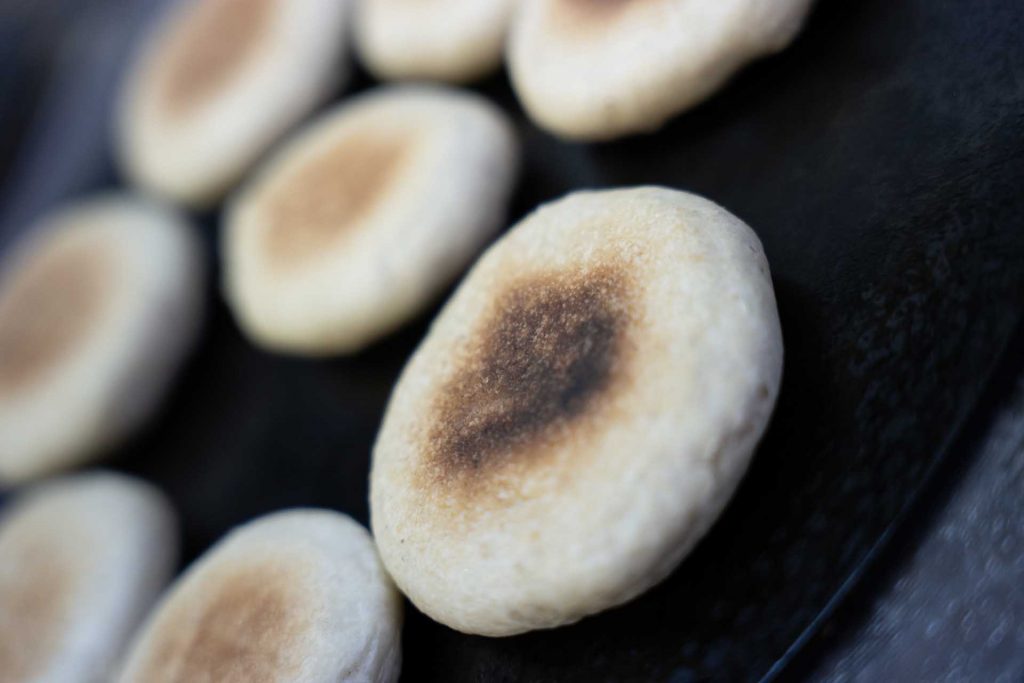
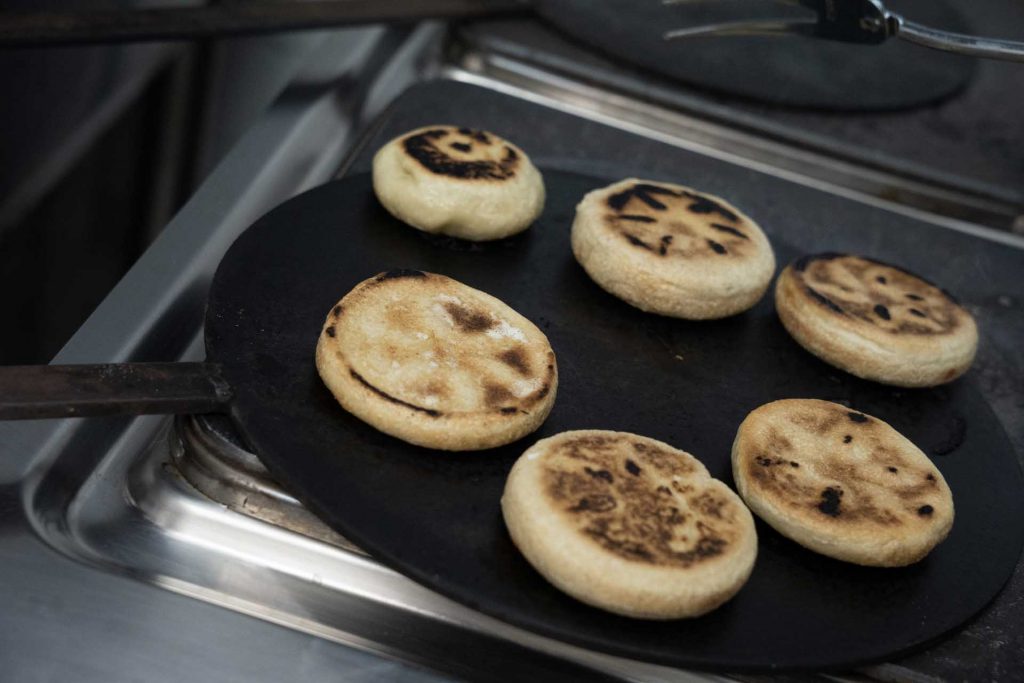
HOME-MADE CRESCENTINE: THE RECIPE ACCORDING TO THE REZDORE
Ingredients for 6 people
- 1 kg Type 0 flour
- 200 ml lukewarm milk
- 200 ml lukewarm water
- Salt to taste
- 1 cube of fresh brewer’s yeast
- A knob of lard
The Rezdore secret
To make the crescentina more crumbly once cooked, add a dash of cream or a ladle of beef broth to the mixture.
Dough Method
Pour the flour onto a pastry board or into a bowl in the classic fountain shape. Mix the milk and water (where we previously dissolved the yeast for about 15 minutes) a little at a time. Add salt and a knob of lard. Knead by hand for about ten minutes until the mixture is firm and soft.
Allow the dough to rise at room temperature for at least 5 hours in a container, covered with a damp cloth to keep air out. Once doubled, the dough needs to be refreshed and kneaded for about two minutes.
Proceed with the preparation by forming balls of about 15 to 20 grams each. Flatten them slightly with the palm of your hand and leave them to rise again for about an hour, keeping them covered and out of draughts.
Cooking
If you have a fireplace at home and some family member has handed down the ancient moulds, then you can really follow tradition to the letter: after heating up the tigelle, place the balls of dough between each mould, preceded by a chestnut leaf. Arm yourself with patience and finish cooking by covering with ash. For cooking closer to our times, you can instead use aluminium tigelle moulds, which must be heated directly over the fire, or, like our rezdore, two iron moulds between which the dough balls can be placed. Either way, it will be a success!
We would like to thank the Comitato Maranello Tipico and the Ortinsieme Association of Maranello for their valuable help in reproducing the dishes.
